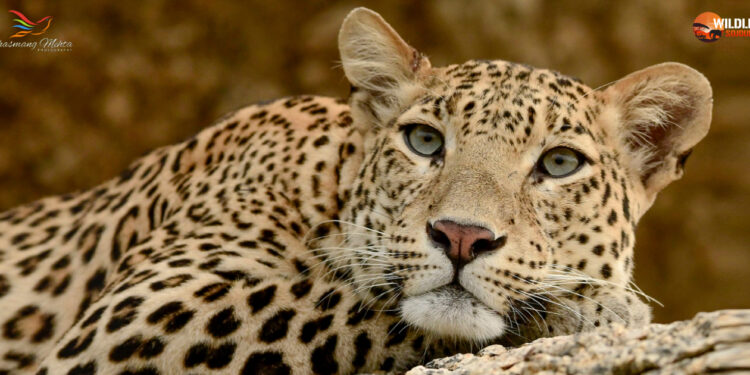NE NEWS SERVICE
RANCHI, JUNE 6
Leopards now rein in Palamus Tiger Reserve, known globally for undertaking the world”s first census for big cats in 1932.
Bizarre as it may sound, the fact is that a reserve that once took pride in its tiger populace is now a safe haven for about 150 leopards. Tourists these days flock Palamu Tiger Reserve to have glimpses with leaps of leopards, say officials, who add that no tiger has been sighted since a tigress was found dead in February 2020 near Betla National Park.
“We now have about 150 leopard population, which has become an attraction for tourists coming to Palamu …Happy tourists are often seen taking photographs with the leopards…However, we are making all efforts to facilitate the return of the tigers,” Chief Conservator of Forest (CCF) and Project Director, PTR YK Das said.
Attributing “left-wing extremism activities, movement of security personnel, increased human encroachment and depleting prey bases in core and buffer zones of the reserve spread across about 1130 square km” as the main reasons behind the big cats abandoning their former safe haven and migrating to forests in neighbouring Chhattisgarh and Odisha, Das said restoration of prey base among other measures were on to lure them back.
He said that though no tigers were detected in the last All India Tiger Estimation, one tigress was found dead in PTR in February 2020 which establishes that tiger used to be there.
A census taken nearly a decade ago had revealed one male tiger and five females lived there.
“We are working on a relocation project to preserve PTR’s ecology and improve its prey base to facilitate the return of tigers. Initially, we will be relocating inhabitants of two villages – Latu and Kujrum to outside PTR…The relocation project involves a 300 square km area, which is human infested. We will be relocating 22 families of these two villages, who have agreed to it,” Das said.
The plan is to provide a family unit of either Rs 15 lakh for relocation or Rs 10 lakh and 5 acres of land in areas with roads and other facilities, he said. The project is being implemented at a cost of Rs 26 crore.
A total of eight villages – Kujrum, Latu, Ramandag, Hainar, Gutucha,Vijaypur, Gopkhad and Pandra have been identified for relocation to places outside the tiger reserve with Latu and Kurjum being taken up in phase one.
Of the 1129.93 sq km area of PTR, 414.08 sq km is marked as core area (critical tiger habitat) and the rest 715.85 sq km as buffer area. Of the total area, 226.32 sq.km is designated as Betla national park. In the buffer zone, 53 sq km is marked as a tourist zone.
Palamau was declared a protected forest reserve in 1973-74 when Project Tiger was launched. Project Tiger was launched to try and stem the fall in numbers of Indias national animal. It aimed to address depletion of tiger habitats and rectify damages to them to help preserve the countrys tiger population.
The reserve, according to information, recorded its highest tiger population in 1995 with 71 big cats but since then their population has been dwindling with only three recorded in 2014 and as per the recent it had no tigers.
The Palamau Tiger Reserve, located at a distance of about 170 km from state capital Ranchi via Latehar, consists mainly of Sal forests, mixed deciduous forests and bamboo groves. The reserve zone is the watershed area for three important rivers Koel, Burha and Auranga.
The Palamau Tiger Reserve was one of the first 9 tiger reserves created in the country at inception of Project Tiger and has the distinction of being the first sanctuary in the world in which a tiger census was carried out based on pugmark count, as early as 1932 under the supervision of JW Nicholson, the then DFO, Palamau.
Apart from leopards it boasts of elephants, grey wolf, gaur, sloth bear, four- horned antelope, Indian ratel, Indian otter and Indian pangolin among its inhabitants.
In total, 47 species of mammals and 174 species of birds have been identified, according to officials who said that apart from these, a total of 970 species of plants, 17 species of grass and 56 species of medicinal plants have also been identified.











